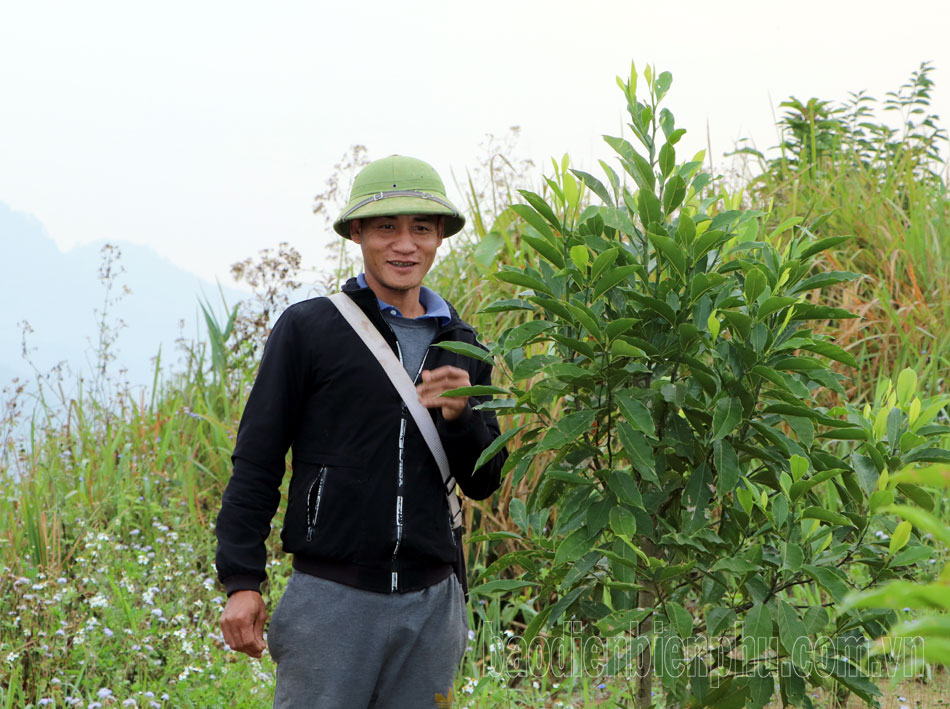
With about 70% of the natural land area being agricultural and forestry land and suitable climate and soil conditions, Dien Bien province has favorable conditions for developing medicinal plants, such as cardamom, cardamom, Ngoc Linh ginseng, cinnamon, etc. In recent times, some districts: Dien Bien, Tuan Giao, Muong Nhe and Nam Po have taken advantage of their advantages to develop into medicinal plant growing areas. In addition to development according to plans and planning, the area of medicinal plants has increased sharply due to spontaneous planting by people.
Muong Nhe is one of the districts with a large area of cardamom (more than 300 hectares) and is expected to help people eliminate hunger and reduce poverty. However, most of the cardamom area is grown spontaneously by people, the products are mainly sold to traders, so the selling price depends on it. Some years the price is high, but some seasons the price is very low, and the harvest is not even enough to pay for labor, so many growers do not harvest. According to the Department of Agriculture and Rural Development of Muong Nhe district, part of the reason is that the area of cardamom growing in the district is increasing while traders and businesses are limited in purchasing and depend on the Chinese market.
Ms. Ho Thi Kia, Nam Po 2 village, Muong Nhe commune said: In 2018, my family planted more than 5,000m2 of cardamom under the forest canopy. The first few crops were not enough to sell, the price was very high, traders came to my house to buy. But since the Covid-19 pandemic broke out, China has stopped buying, so the price is very low, even no one buys. In the 2022 - 2023 harvest, the price of fresh cardamom is 14,000 VND/kg, previously it was 50 - 60,000 VND/kg, so my family and many households did not harvest.
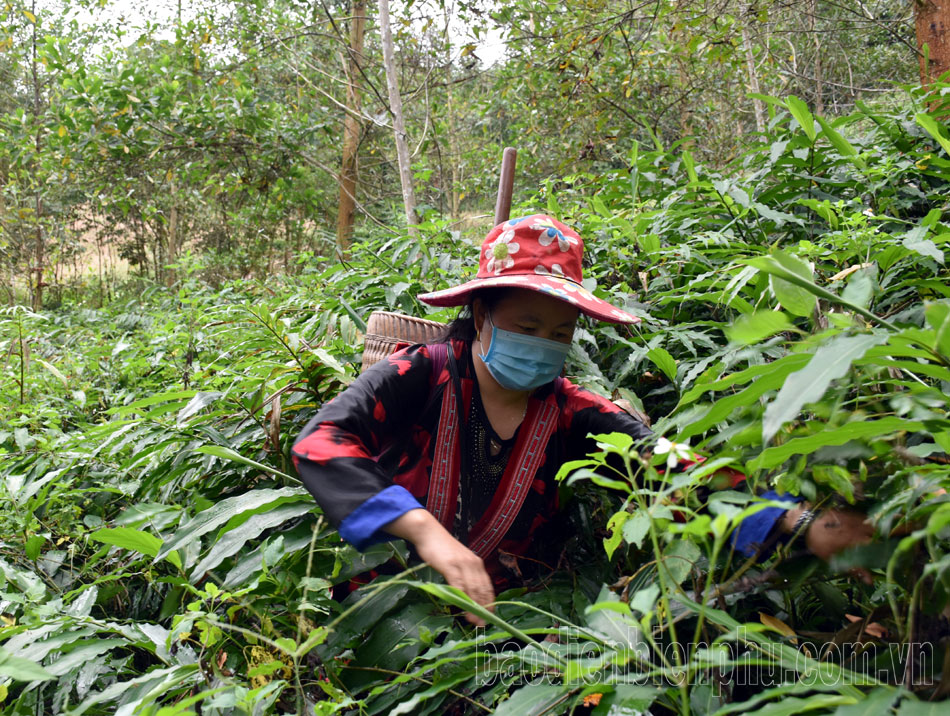
Tuan Giao district also has the strength to develop medicinal plants. Currently, the total area of medicinal plants in the district is nearly 498 hectares. Some households, individuals, and businesses invest in growing Ngoc Linh ginseng, Lai Chau ginseng, and some valuable medicinal plants. However, medicinal plant products are mainly consumed in raw form through traders and small, retail purchasing points; after harvest, they are mainly sold fresh or dried by hand by the people.
Mr. Giang Chu Phinh, a resident of Toa Tinh commune, said: His family grows hawthorn trees with the hope of developing the family economy. Hawthorn trees have difficulty finding a market, in years when the price is high, the crop is low, and in years when the hawthorn crop is high, the price is low. After harvesting, people mainly take the fruit to the street to sell, weighing whatever they can. Recently, the authorities of Tuan Giao district and Toa Tinh commune have mobilized people and created conditions to establish cooperatives to buy hawthorn fruits when people harvest and then process them into many other products, but it has not met expectations.
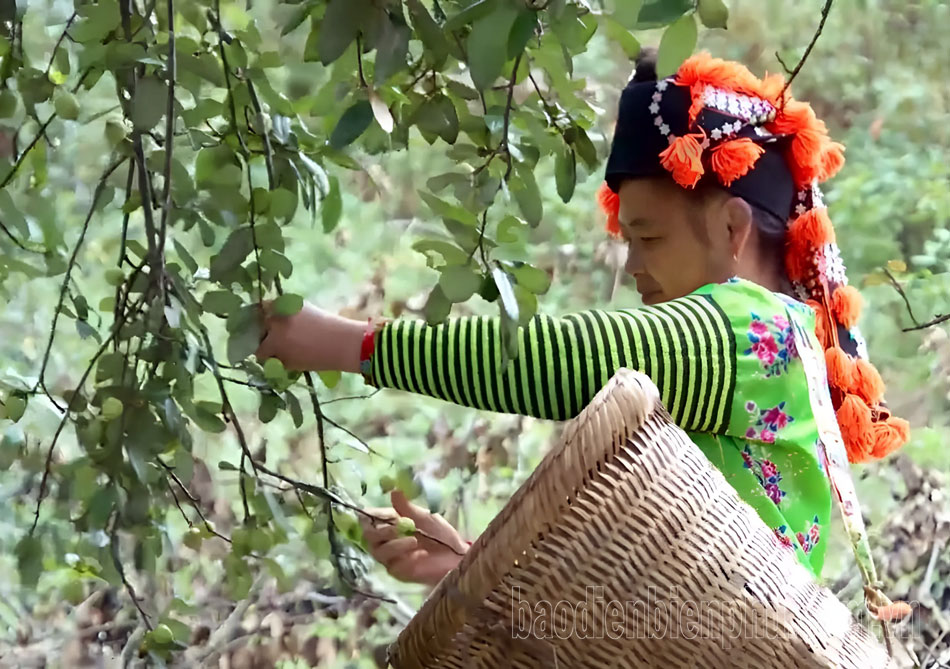
Currently, medicinal plants are available in most districts in the province, with an area of over 2,180 hectares; of which cinnamon is 1,021 hectares, cardamom is 849 hectares, hawthorn is 208 hectares, cardamom is 95 hectares... The scale and area of medicinal plant cultivation are not large; the output and quantity of medicinal plant species being cultivated and developed in the area have not met the demand for medicinal plant use as well as the potential and advantages of forest area and forestry land. The infrastructure system for medicinal plant development such as: Traffic roads, power supply system, irrigation, seedling breeding facilities, product collection and processing are still limited; concentrated and large-scale medicinal plant growing areas have not been formed; investment resources are still limited.
Ms. Mai Huong, Deputy Head of the Provincial Forest Protection Department, said: The output of products is unstable, still depending on traders to buy and bring to the lowland provinces or export to the Chinese market. There are years when traders buy a lot, at high prices, not enough products to sell, but there are also years when the processed products have no buyers or are bought at very low prices. In the process of developing medicinal plants, there has not been a connection between businesses and people to maintain and develop the planted medicinal plant area; businesses have not boldly invested in processing because the medicinal plant output is not large enough and unstable. In the province, there are currently 5 facilities for purchasing and processing non-timber forest products (Java lemongrass, hawthorn, fritillary, seven-leaf one-flower, betel nut...) on a small scale.
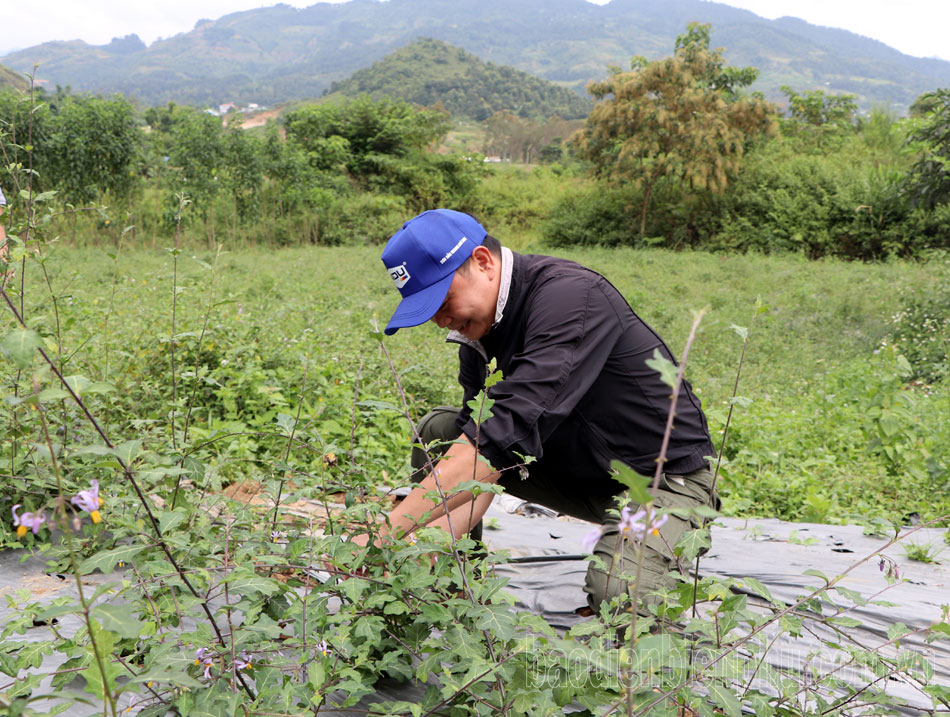
Dien Bien province has developed a plan to develop a precious medicinal plant growing area in the area for the period 2022 - 2025, with a vision to 2030. Accordingly, it will develop a precious medicinal plant growing area with a scale and area of nearly 4,000 hectares. With the goal of preserving and promoting the value of medicinal plants, gradually creating changes in crop structure conversion, bringing stable income to local people from farming and agricultural production.
The output solution for medicinal plants identified by the province is to invite and attract businesses to invest in the production of medicinal plants, to promote commercial medicinal plants; encourage the form of linking production between businesses and people through the bridge of cooperatives. Attract investment in product processing, especially deep processing, thereby contributing to product consumption for people and increasing product prices. In addition, direct localities to propagate and strictly manage people's spontaneous planting, not following planning and plans, leading to risks and difficulties in product output.
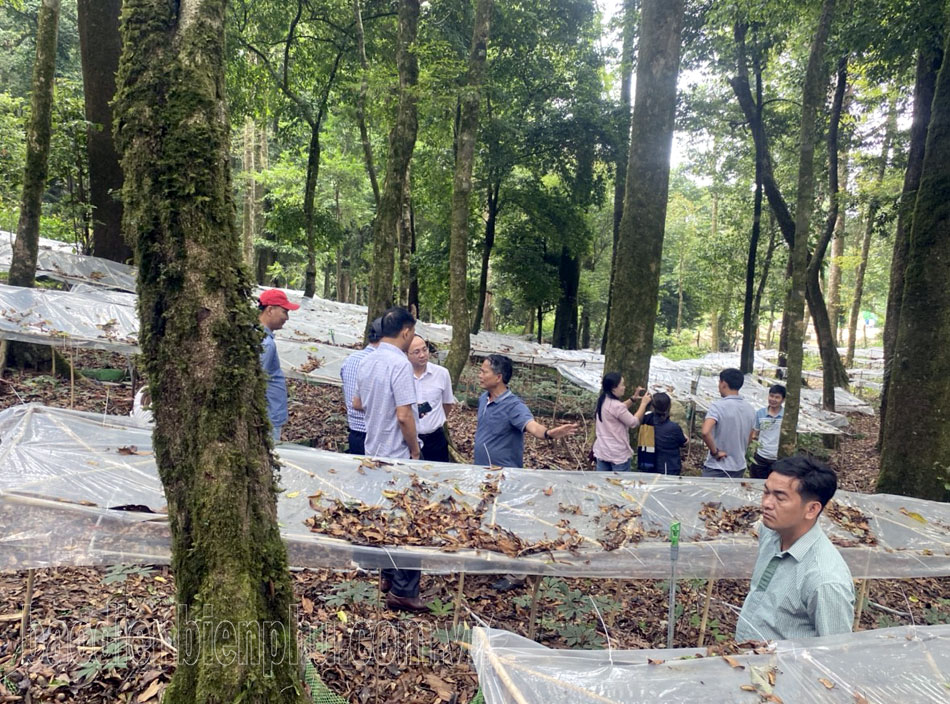
In addition, the development of medicinal plants must be closely planned, should not be implemented en masse but must be suitable to the characteristics, potentials and advantages of each locality, have competitive advantages in production and consumption to avoid rampant development, good harvest, low prices. Do a good job of trade promotion, product promotion, and expand consumption markets. Develop and perfect medicinal products associated with the OCOP Project; develop medicinal plants associated with ecotourism and community tourism to attract businesses to invest.
Source









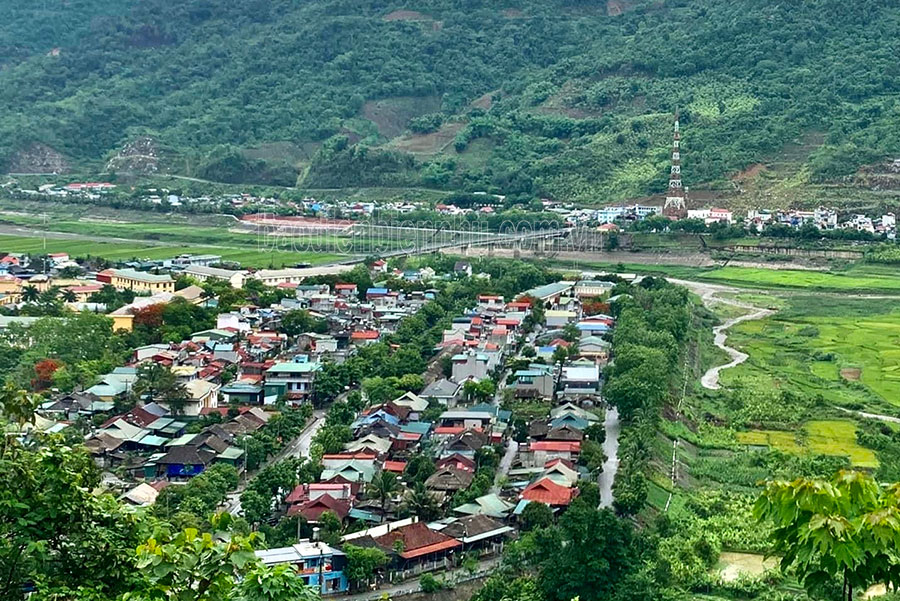
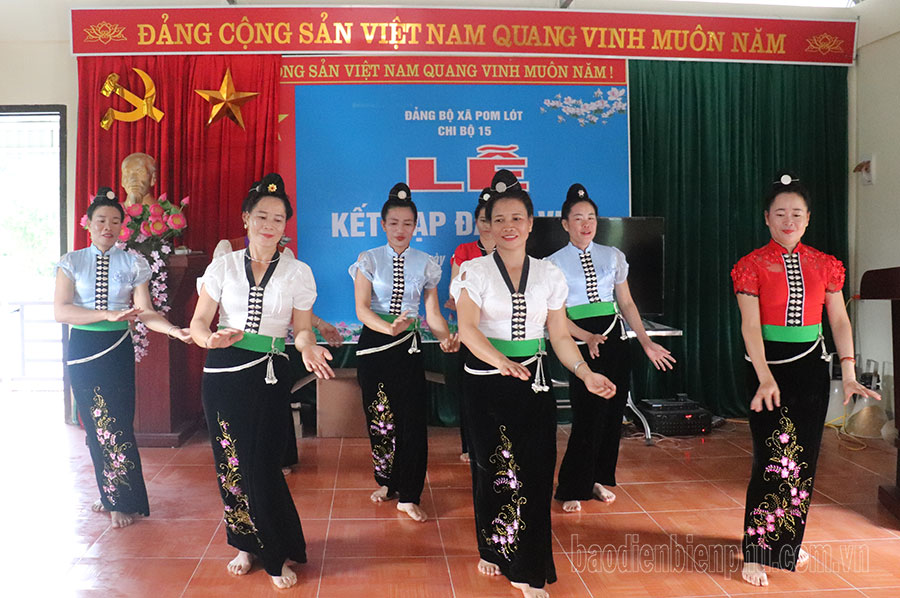
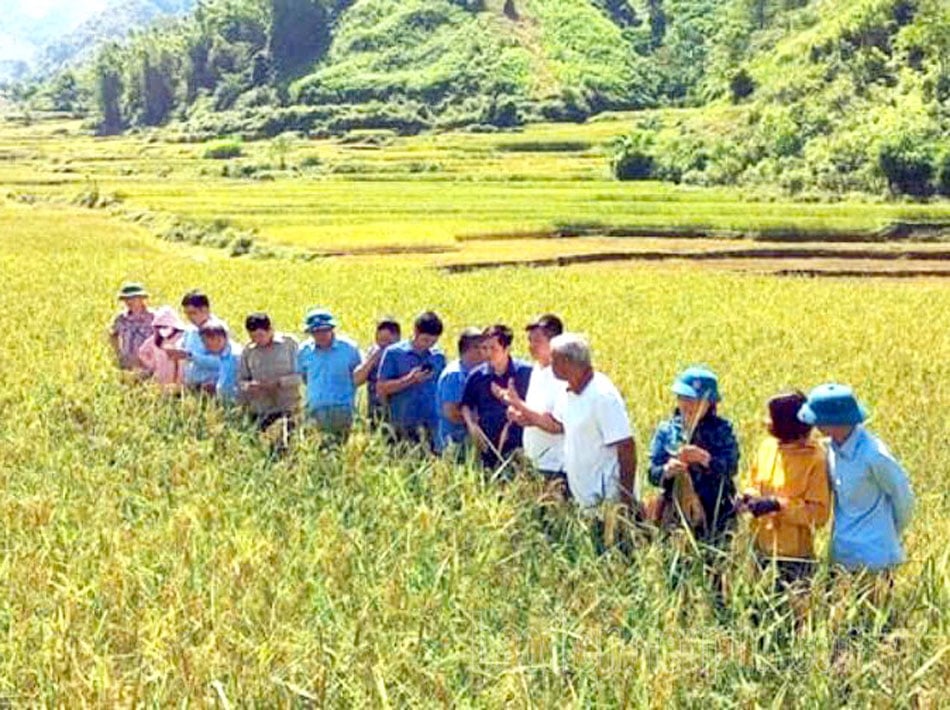
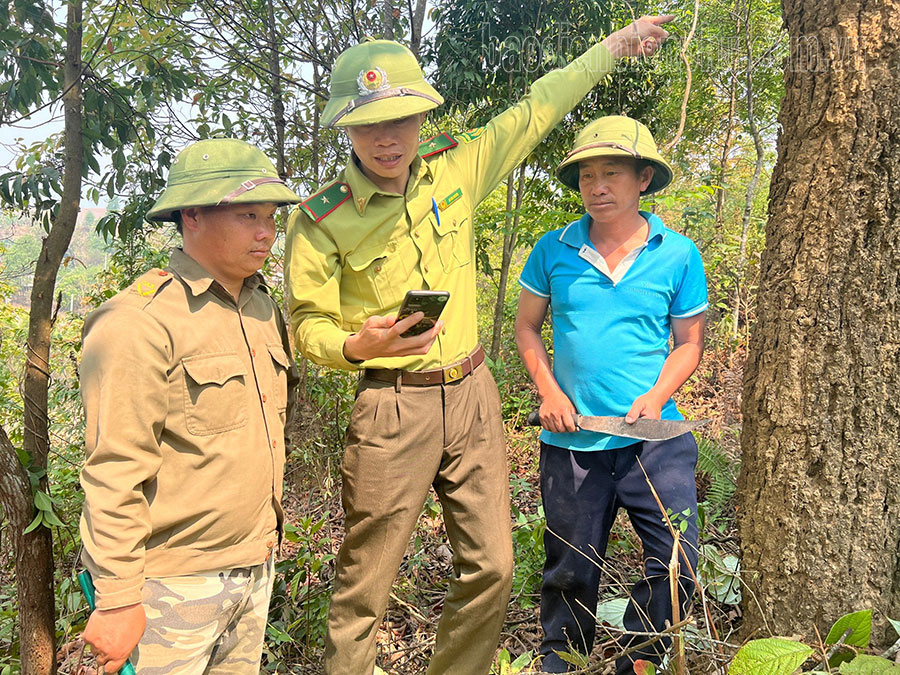
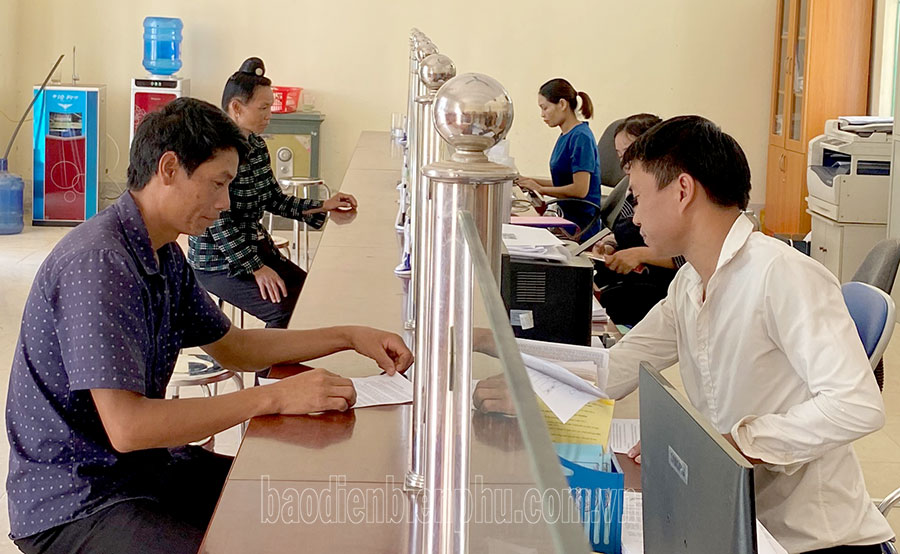







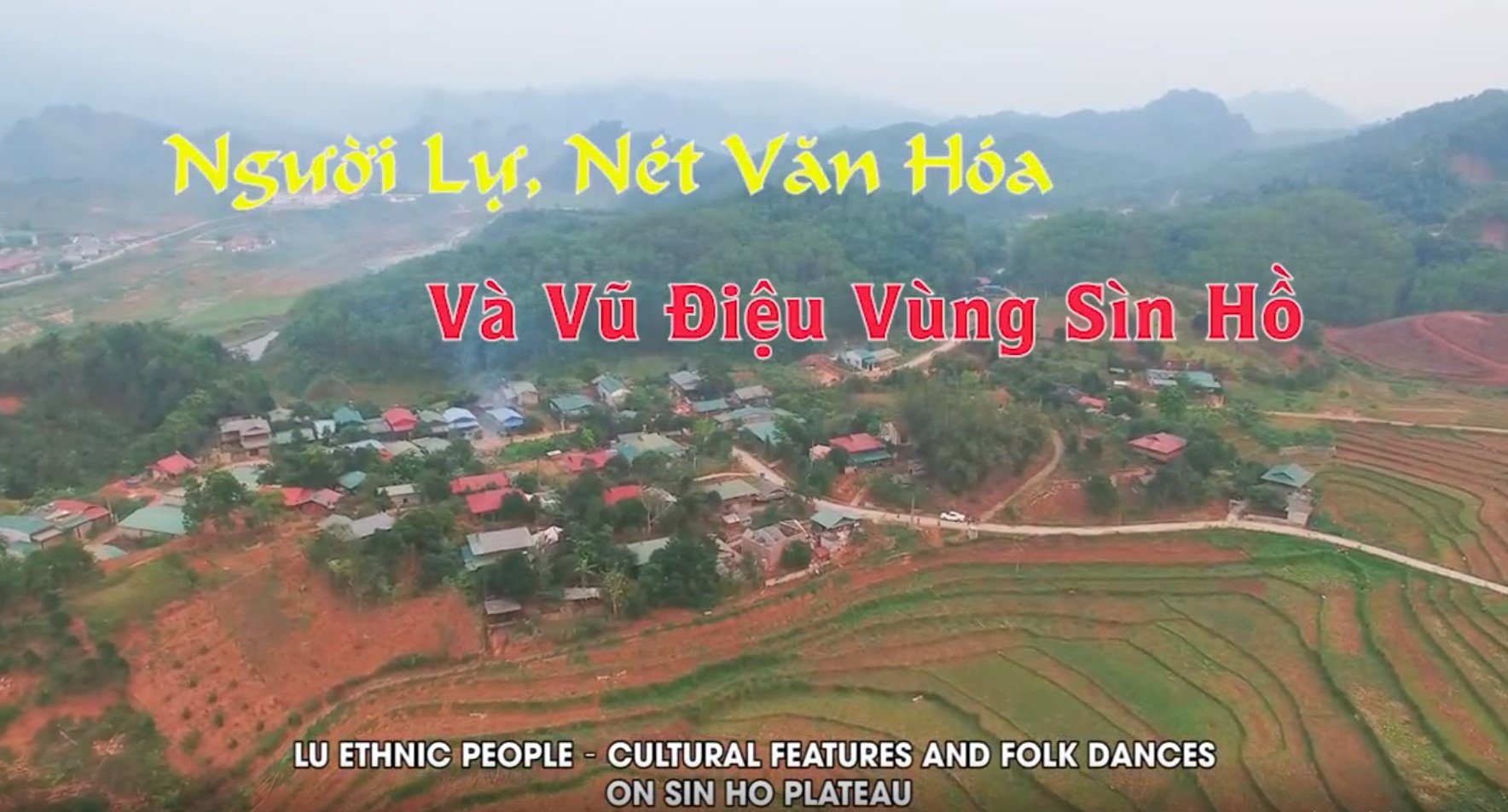
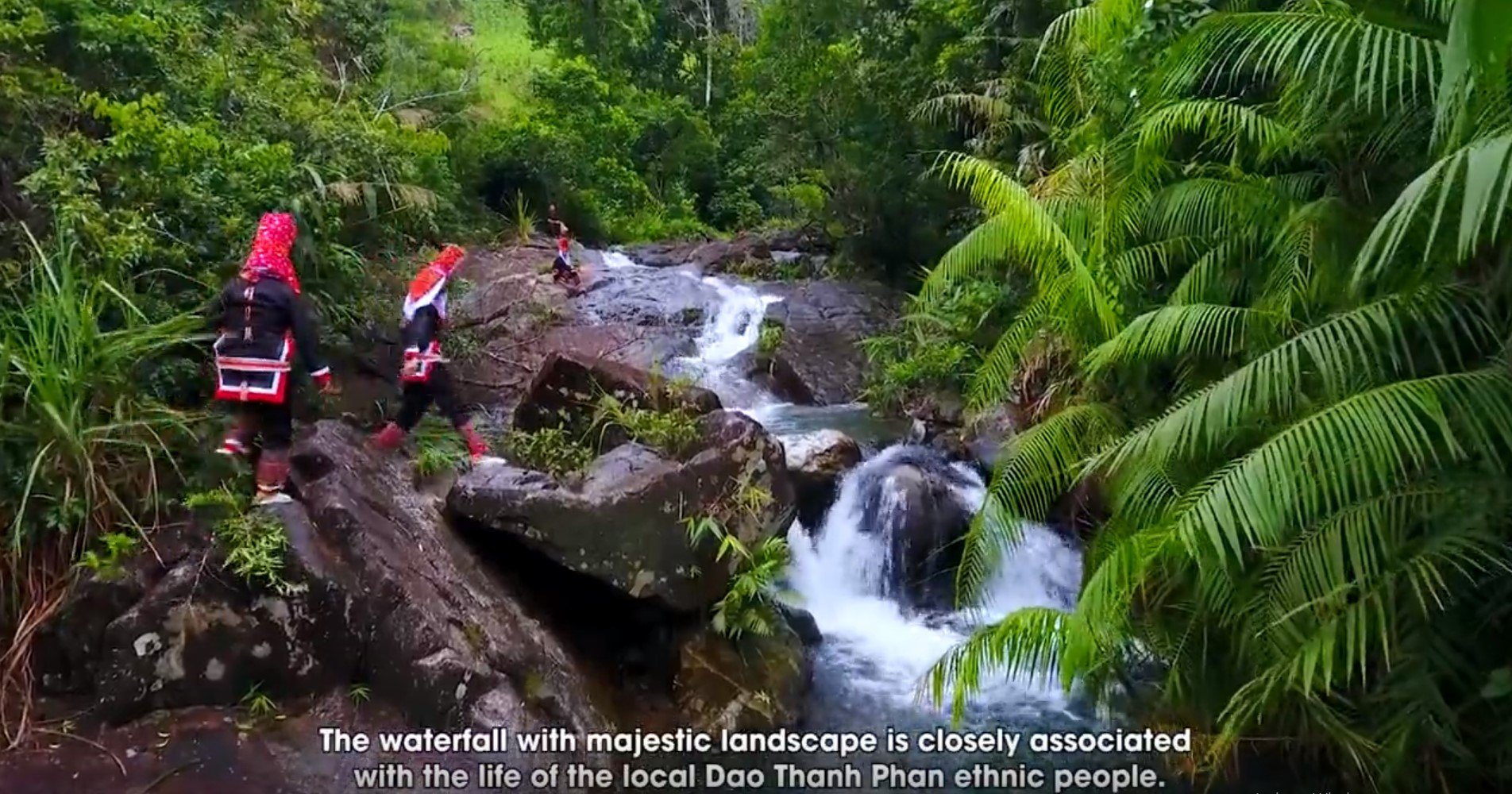
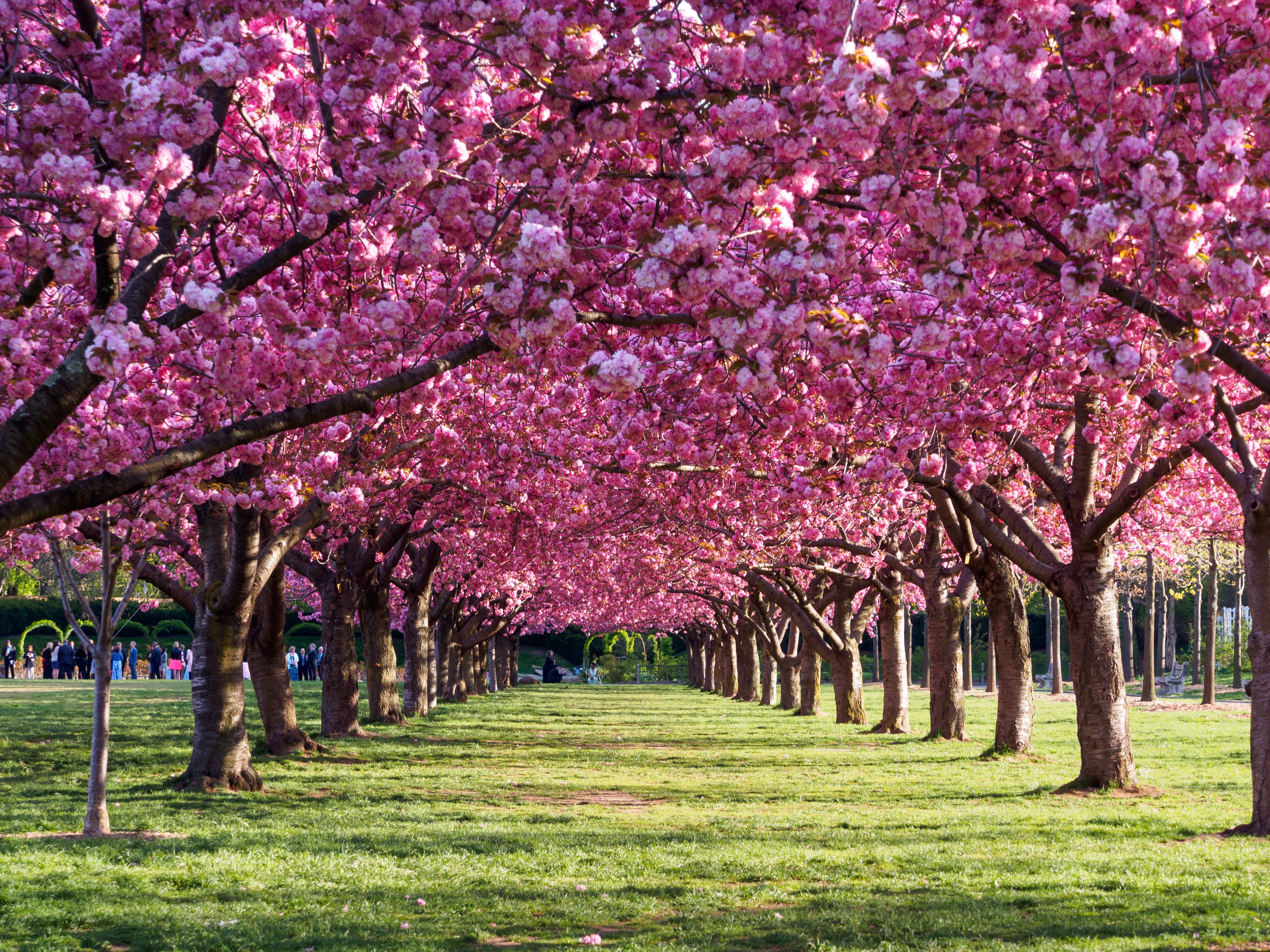
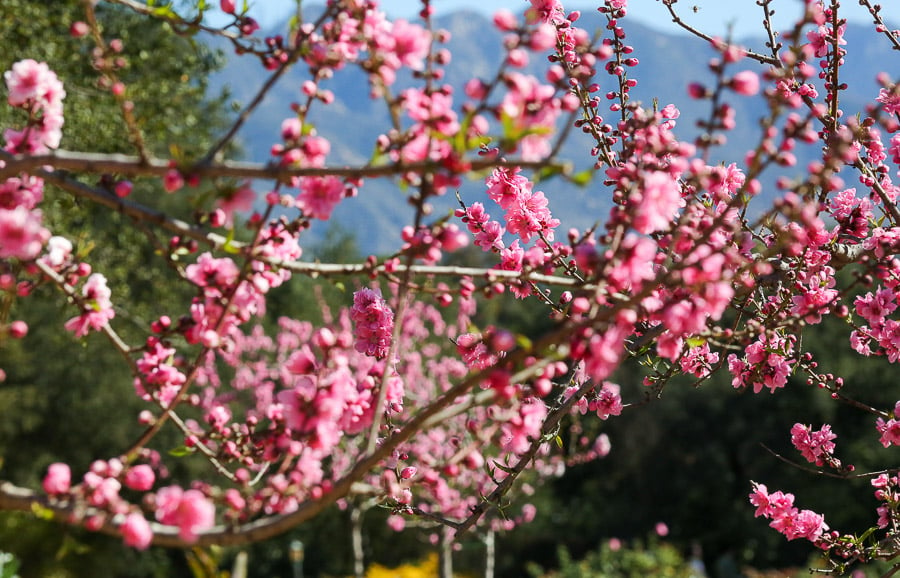

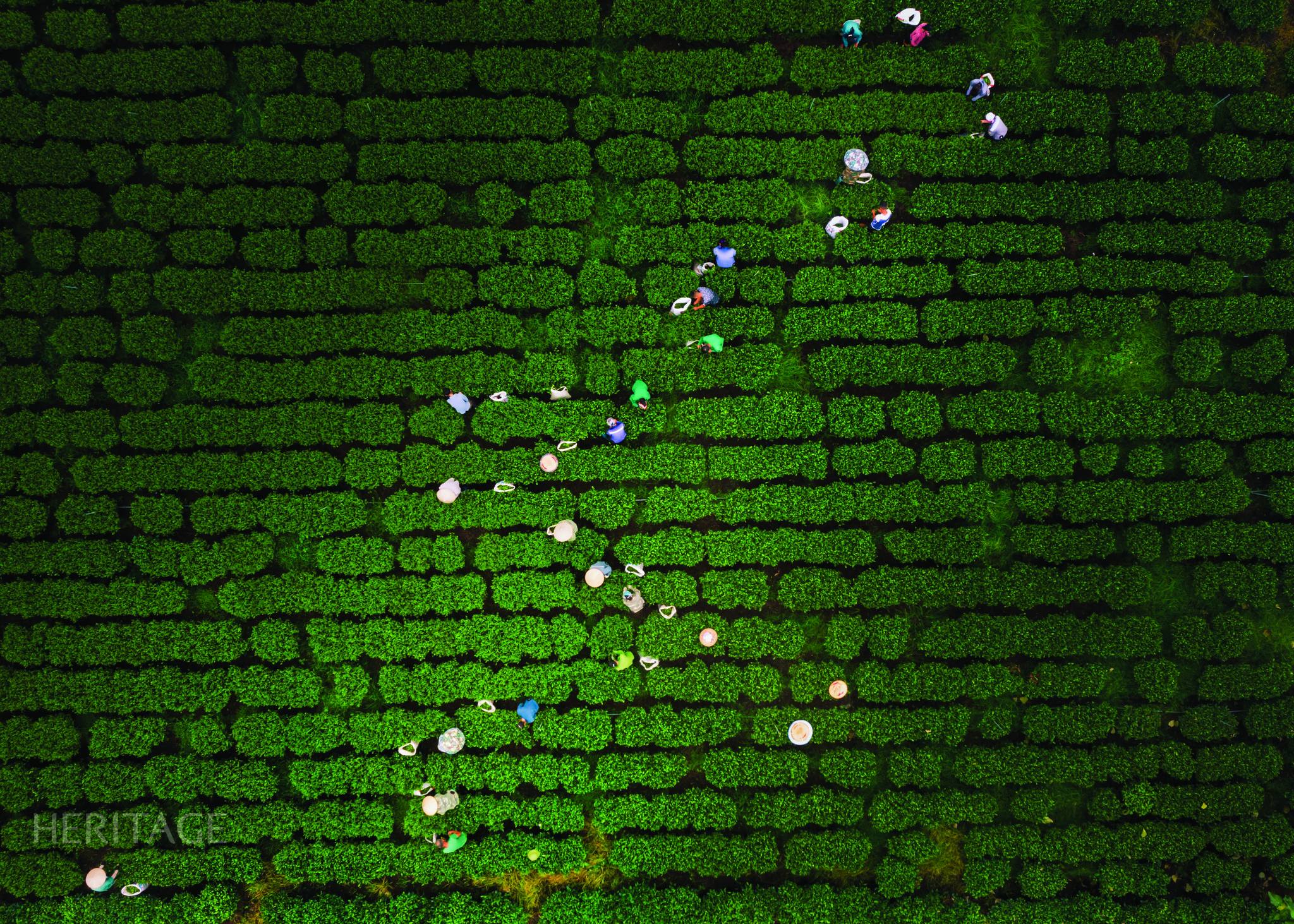







![[Photo] Prime Minister Pham Minh Chinh chairs Government Conference with localities on economic growth](https://vstatic.vietnam.vn/vietnam/resource/IMAGE/2025/2/21/f34583484f2643a2a2b72168a0d64baa)














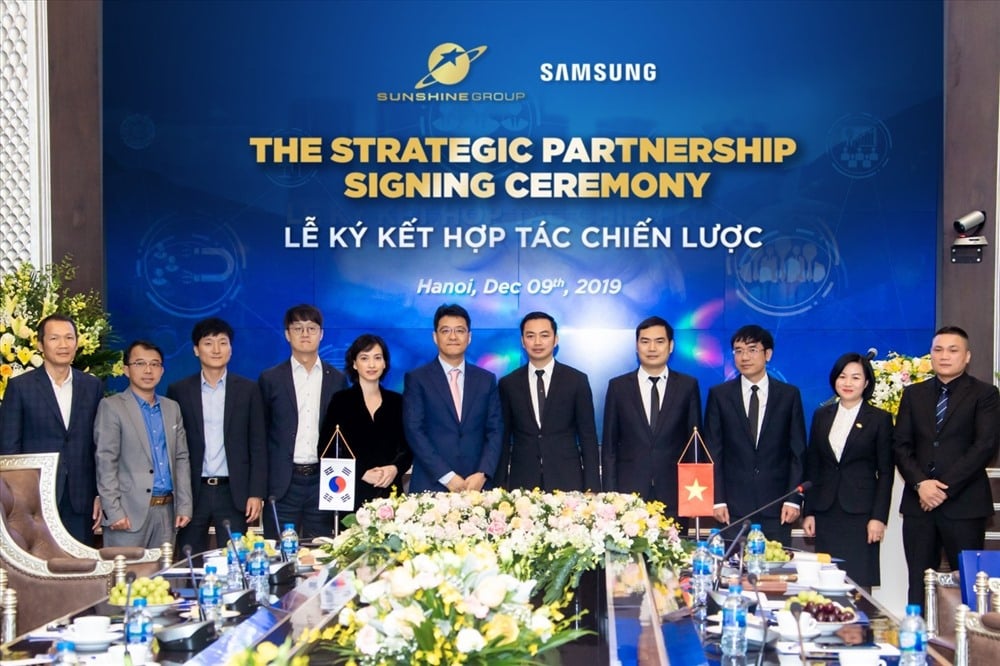

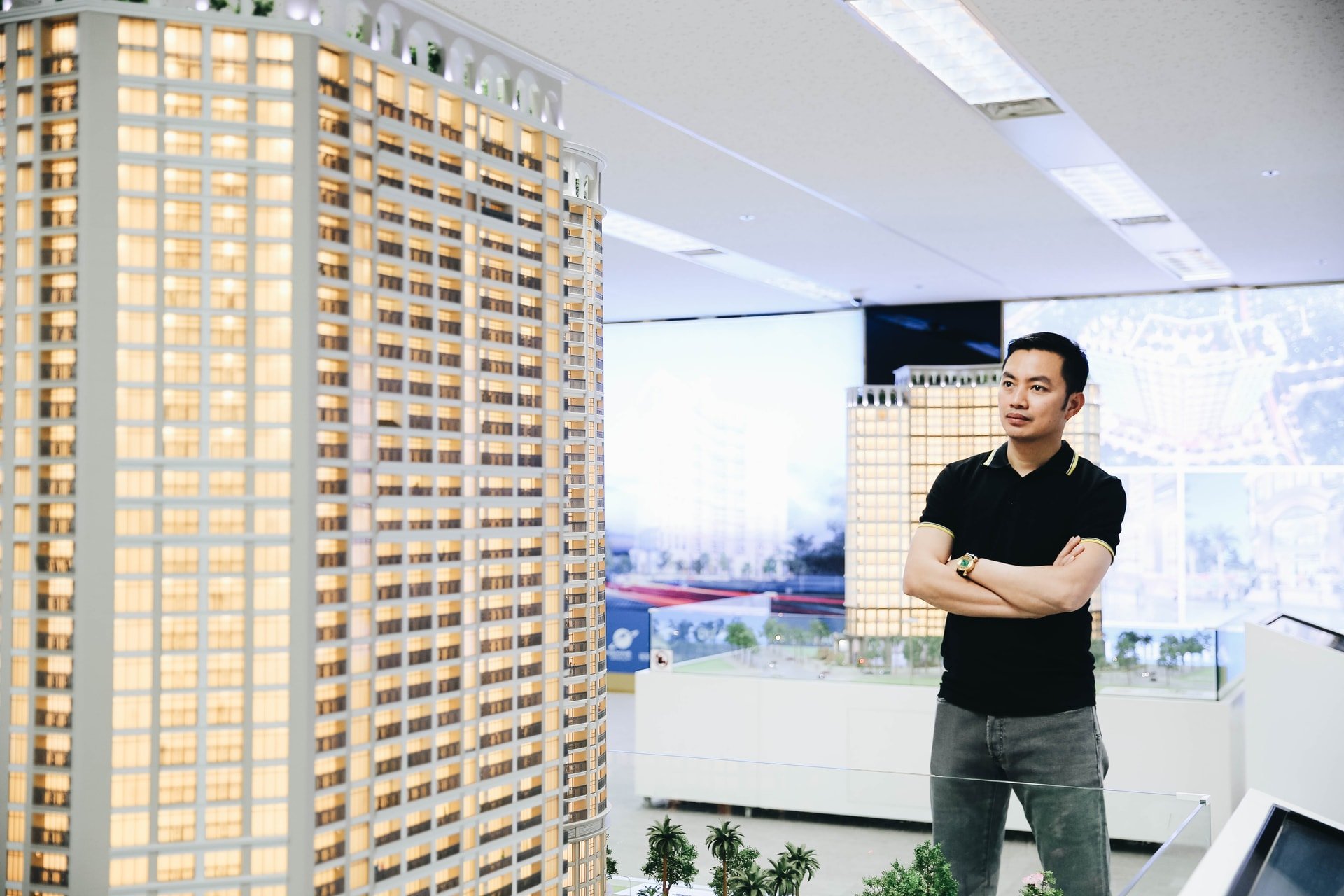

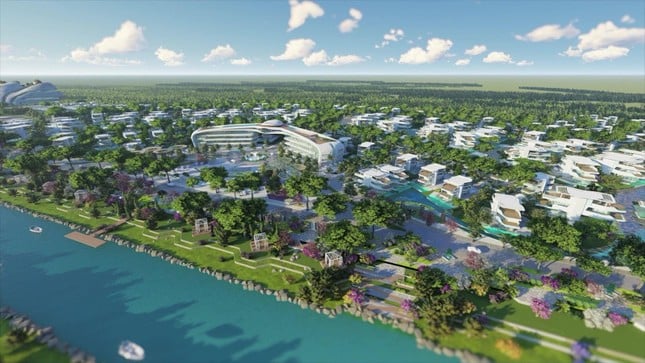










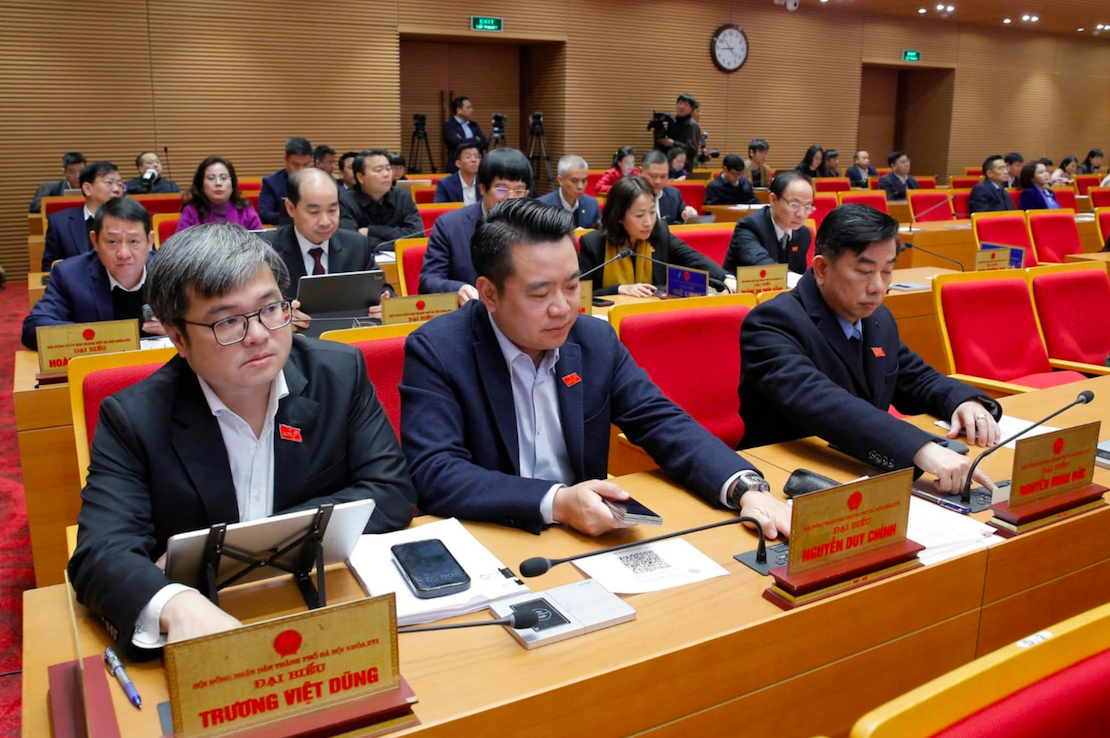
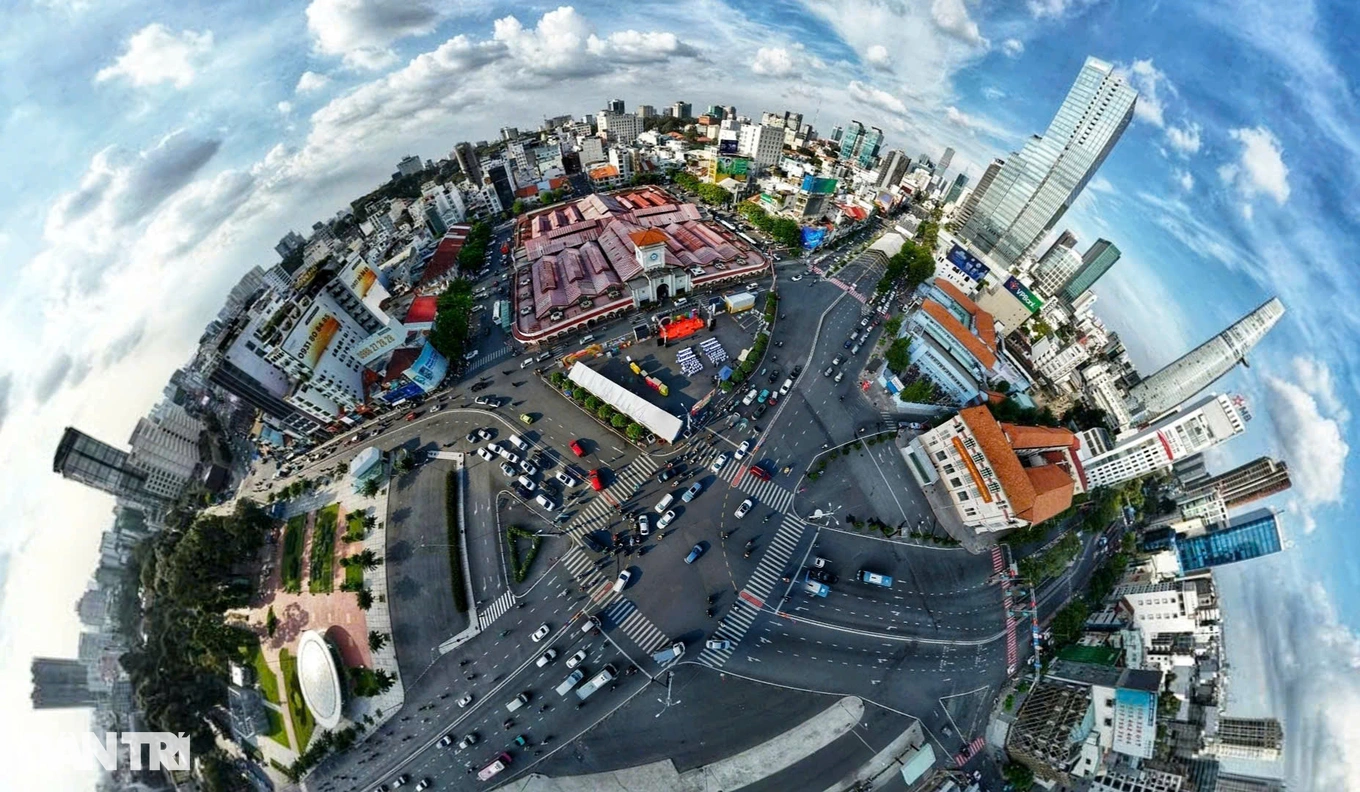


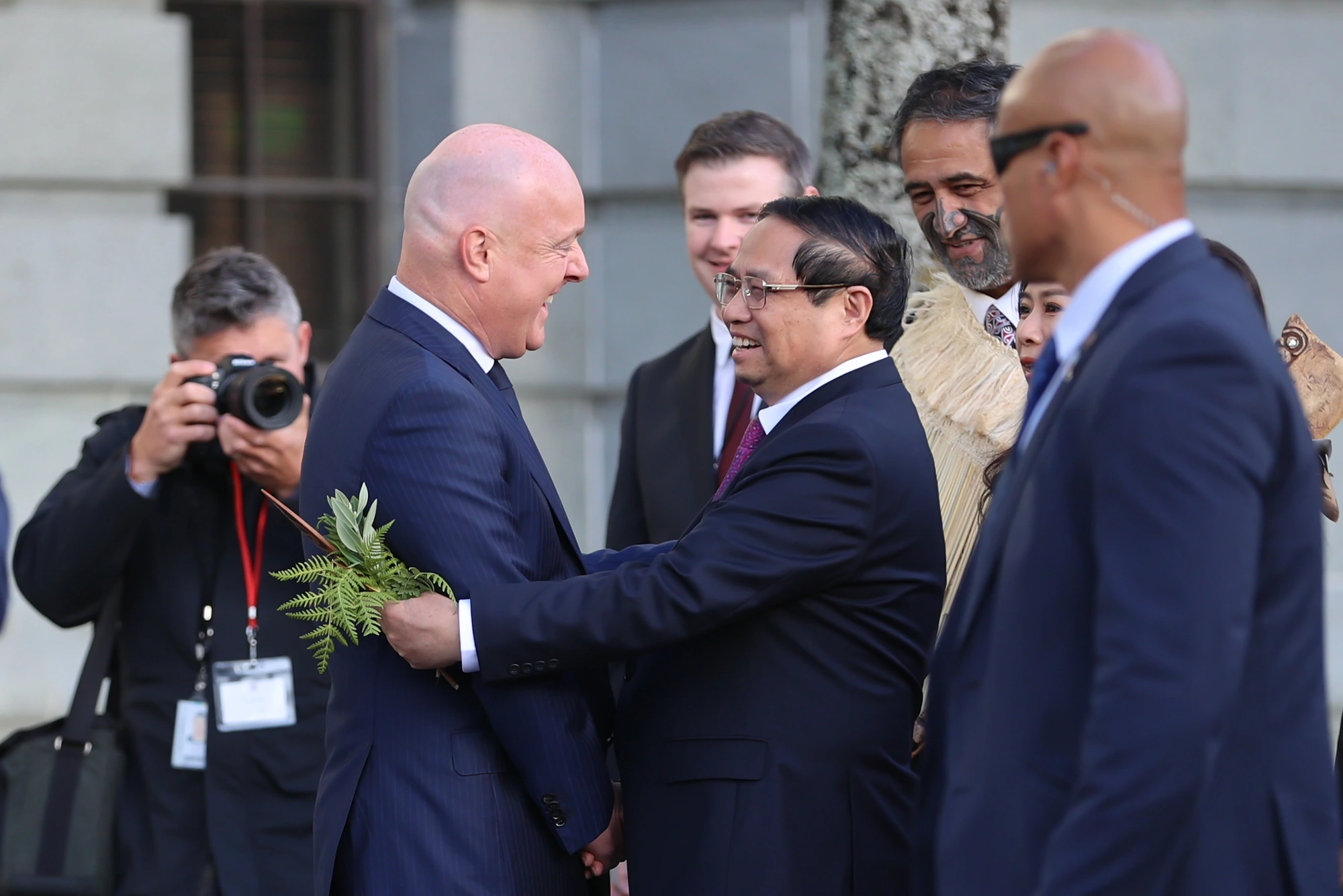



















Comment (0)